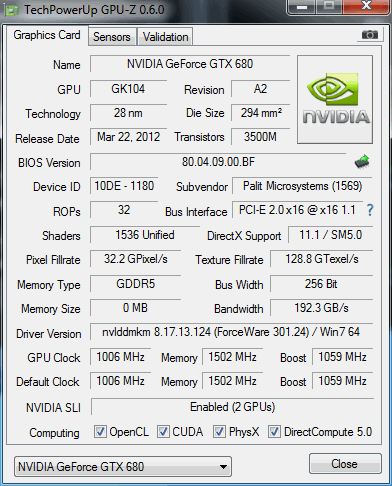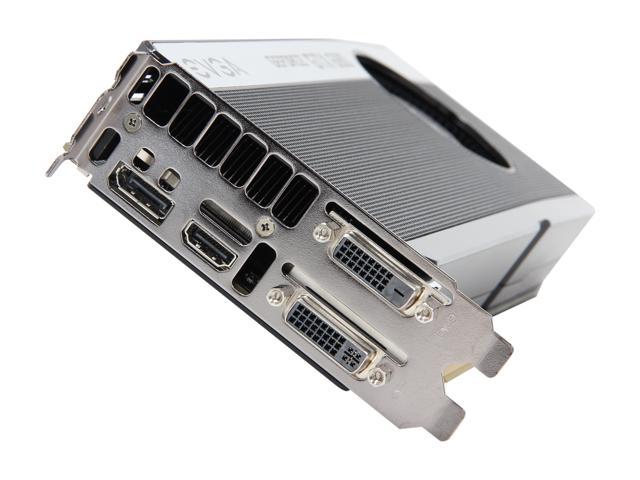

#Nvidia gtx 680 4gb 1080p#
When using the ultra quality preset at 1080p the GTX 680 is actually slower than the Radeon HD 7950, though it was a whopping 81% faster than the GTX 580. Let's see how the GTX 680 stacks up today. All benchmarking has been conducted on our GPU test rig, which is comprised of a Core i7-8700K clocked at 5GHz and 32GB of DDR4-3200 memory.

Representing Nvidia's vintage GPU is Gainward's Phantom model, sporting the more standard 2GB VRAM buffer. I'm also keen to see how the GTX 680 stacks up against today's GPUs in modern games. It would be interesting to see how they compare today. Not only was it faster than the HD 7970, but it was also more efficient, quieter and cheaper when it first launched. The GTX 680 was without question the fastest single-GPU graphics card money could buy.
#Nvidia gtx 680 4gb full#
The HD 5000 series had full run of the market for half a year before GTX 400 cards arrived, and as I said, in 2012 AMD was almost three months ahead with the HD 7970.īeing slightly behind, it was important for Nvidia to come out guns blazing and to an extent that's what the company did. The Radeon HD 4000 series spurred a war that saw the GTX 200 series receive numerous price cuts. Although the GTX 680 was 4% cheaper at launch and offered 7% more performance in my tests, it did suffer from poor availability for quite a few months after release, so nothing unusual there.īack then, AMD did a good job of keeping Nvidia on its toes. The result was the world's fastest graphics card for gaming, at least when it was first released.ĪMD actually beat Nvidia to the punch three months earlier with the HD 7970 - how times have changed in that regard. The focus was on efficiency with Kepler and Nvidia basically broke its previous Fermi architecture down to the core and then rebuilt it to improve power consumption and die size. Not only that but the cores were clocked 30% higher and yet overall the GPU consumed less power. Nvidia also managed to squeeze in what was at the time a massive 1536 CUDA cores, three times that of the GTX 580. For those of you not interested in the trip down memory lane, at least you can enjoy images of the graphics card in question as you scroll by.īased on the Kepler architecture, the 680's GPU was codenamed GK104 and marked Nvidia's transition to the 28nm process, a move that allowed for 3.5 billion transistors to be crammed into a tiny 294mm2 die.

After recently retesting the GeForce GTX 580 eight years after its release, we thought it would be interesting to check back in on the GTX 680, another old friend that was released about six years ago as Nvidia's latest and greatest graphics card and a successor to the aforementioned 580.īefore we get to the tests and game benchmarks, let's quickly recap the specs and a little history about the architecture this card is based on.


 0 kommentar(er)
0 kommentar(er)
